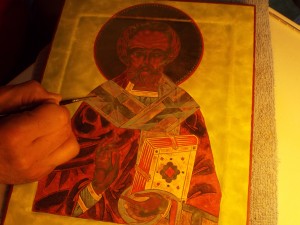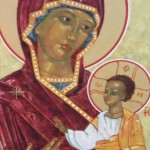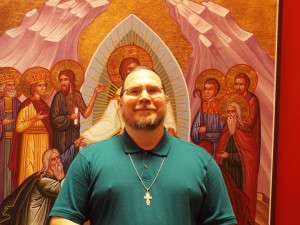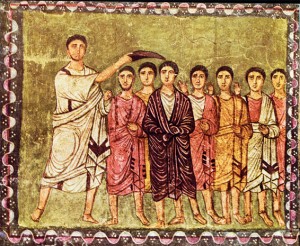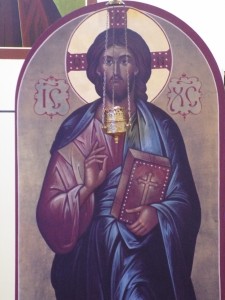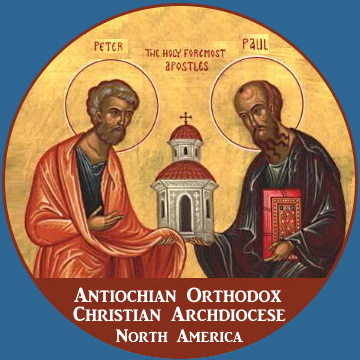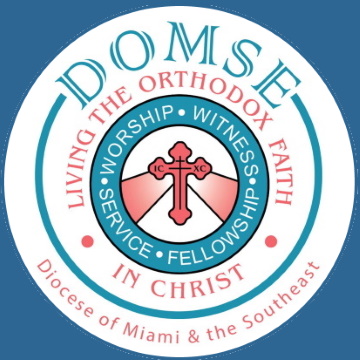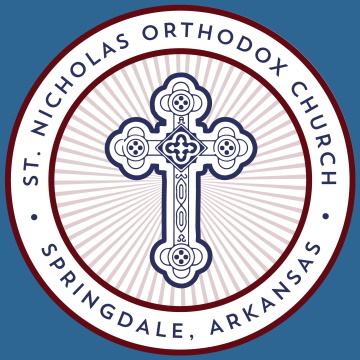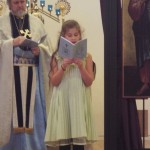 The Holy Scriptures play a pivotal role in an Orthodox Christian life. Not only does the public reading of portions of the Bible occur in every church service celebrated at St Nicholas but we are all called to individually read a portion of the Gospels and of the Apostles (Epistles and Acts) daily. Some members of our community have also committed to pray a portion of the Psalter on a daily basis.These readings are available on this website. The Orthodox Church accepts the Septuagint (Greek) version of the Old Testament because that is the version quoted in the New Testament and because the Masoretic, or Hebrew version, which is the basis for the King James translation was not compiled until the 9th century after Christ. This is long over 400 years after the Orthodox Church had determined the ‘canon’ of the Old Testament. The following articles will help you to understand ‘how’ Orthodox Christians understand the Scriptures and why they form such an essential element of our life. If you have any questions about the meaning of specific Biblical passages please contact Fr. John.
The Holy Scriptures play a pivotal role in an Orthodox Christian life. Not only does the public reading of portions of the Bible occur in every church service celebrated at St Nicholas but we are all called to individually read a portion of the Gospels and of the Apostles (Epistles and Acts) daily. Some members of our community have also committed to pray a portion of the Psalter on a daily basis.These readings are available on this website. The Orthodox Church accepts the Septuagint (Greek) version of the Old Testament because that is the version quoted in the New Testament and because the Masoretic, or Hebrew version, which is the basis for the King James translation was not compiled until the 9th century after Christ. This is long over 400 years after the Orthodox Church had determined the ‘canon’ of the Old Testament. The following articles will help you to understand ‘how’ Orthodox Christians understand the Scriptures and why they form such an essential element of our life. If you have any questions about the meaning of specific Biblical passages please contact Fr. John.
- How to Read your Bible by Bishop Kallistos Ware
http://www.antiochian.org/content/how-read-your-bible - The Gospel by Metropolitan Anthony Bloom
http://www.antiochian.org/node/25481 - Which Came First: the Church or the New Testament? By Fr. James Bernstein
http://www.antiochian.org/node/25580 - Is the Septuagint a Divinely Inspired Translation? By Gabe Martini
http://onbehalfofall.org/is-the-septuagint-a-divinely-inspired-translation/
The following links will assist you in finding Biblical resources.
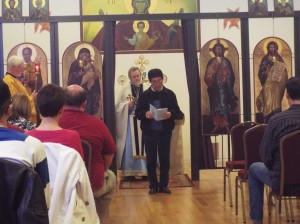 The full text of the Septuagint in Greek and English side by side (Church of Greece text and L. C. L. Brenton translation)
The full text of the Septuagint in Greek and English side by side (Church of Greece text and L. C. L. Brenton translation)
http://www.ellopos.net/elpenor/greek-texts/septuagint/default.asp- Greek- English New Testament side by side (Church of Greece text and King James Version)
http://www.ellopos.net/elpenor/greek-texts/new-testament/nt-index.asp - Greek-Russian New Testament side by side (pull down quick access scroll on at top left of page for NT books)
http://www.ellopos.net/elpenor/greek-texts/nt-russian-greek/matthew/1.asp - Amharic, Arabic, Bulgarian, Spanish, Hebrew, Latin, Macedonian, Romanian, Serbian, Slovak, Albanian, and Ukrainian, and other versions of the New Testament are available at
https://www.biblegateway.com/versions/ - Explanation of the Difference between Septuagint and Masoretic Psalm Numbering by St George Greek Orthodox Cathedral (GOA) Greenville, SC
http://www.orthodoxprayer.org/Psalms-Psalter.html - A downloadable English language Septuagint Psalter edited and translated by Michael Asser into sections (kathisma) according to the Orthodox Christian practice is available for download from the Diocese of Great Britain and Ireland (ROCOR). The text is translated from the Apostoliki Diakonia edition approved by the Church of Greece.
http://orthodoxengland.org.uk/zresources.html

